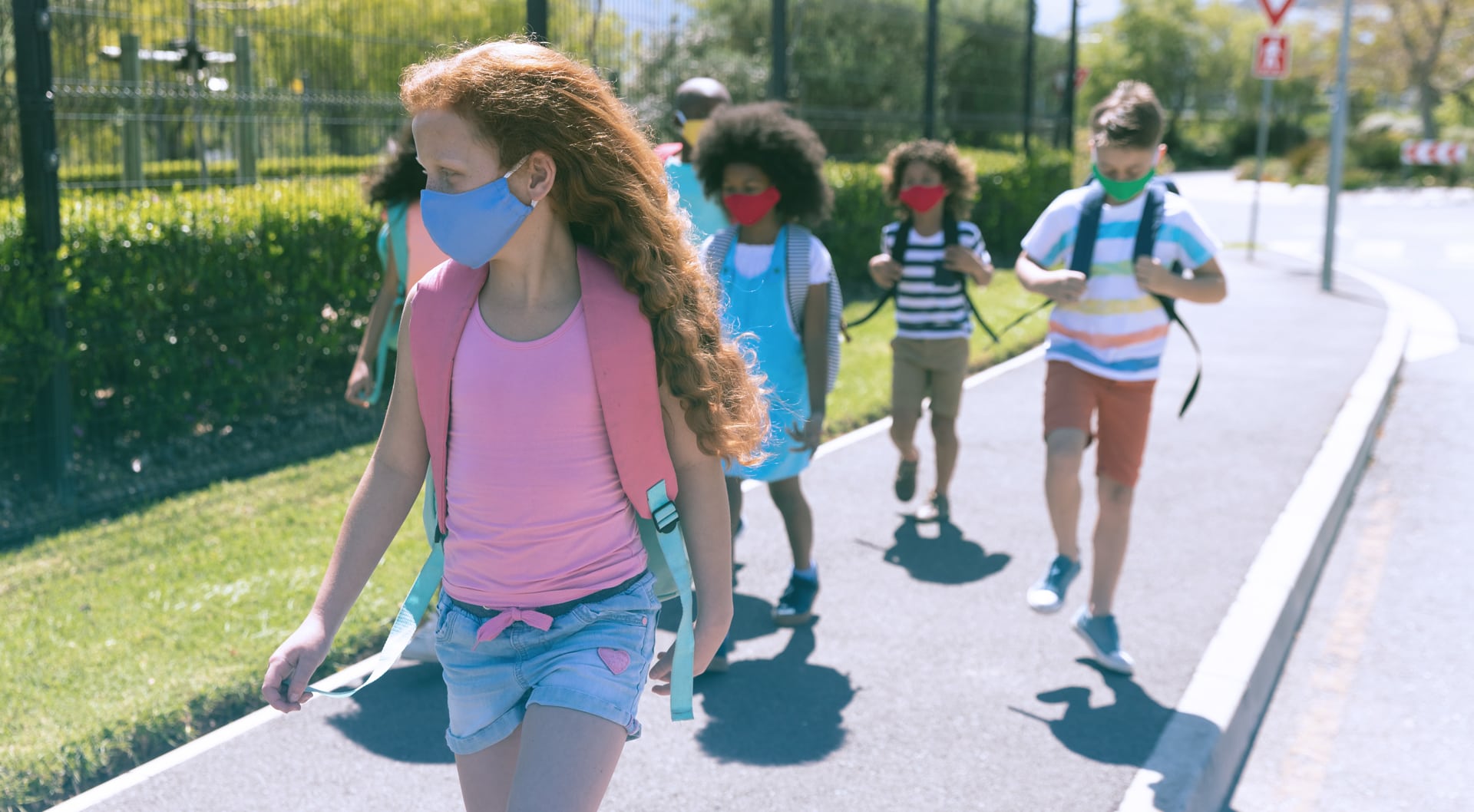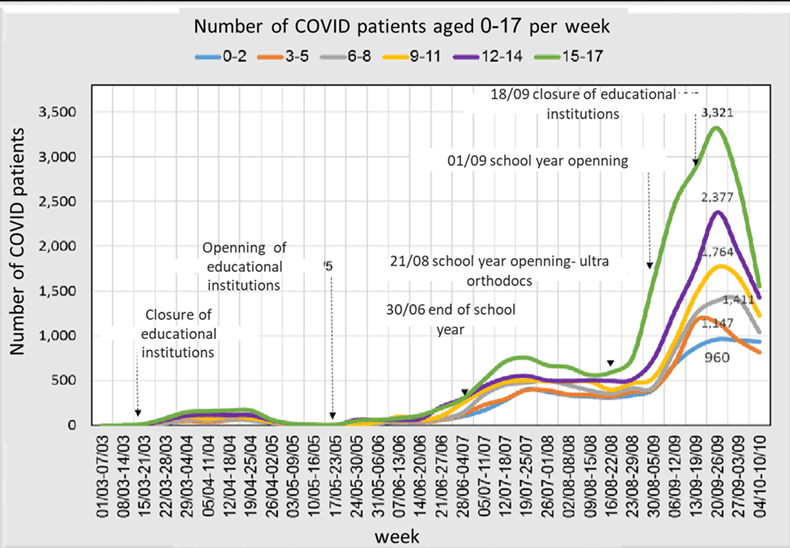Observing the different ways countries have managed to keep schools operating during a global health crisis.
Following the outbreak of Covid-19, education systems in various countries have struggled with school closures and the transition to remote teaching. The high risk of infection in educational institutes has led to the closure of most schools during the first wave.
After the first wave, various countries introduced programs for the partial and gradual opening of educational institutions. This initiative prioritized pre-schools, elementary schools, and programs for kids and teenagers with special needs.
In Europe
In March 2020, most European countries closed their educational institutes and started remote teaching. Programs for specific populations remained open, including kindergartens, children at risk, and programs for children whose parents cannot stay at home with them. Sweden, Finland and Iceland made almost no changes in the educational system during the first wave.
By the end of April 2020, countries began planning the “return to class” by cautiously reopening the educational systems, always considering the pandemic restrictions. In some countries, the more advanced classes were prioritized for the purpose of completing the final exams. In Denmark, the elementary schools were prioritized. In France, schools where dropout rates are high (often professional schools) were prioritized.
Contact teaching is conditional upon a low level of infection in the given geographical area, and compliance with guidelines for maintaining hygiene and preventing crowds in schools. In many countries, school hours and teaching staff were reduced. In Germany, only young teachers were instructed to return to contact teaching.
Public discussion
Despite the risks of infection in educational institutions, parents heavily rely on the school system to be able to return to work. Many parents would be otherwise forced to stay home with their children, and many also fear the negative impact on the social life and development of children. In Austria, there is concern about the neglect of the younger classes due to a shortage of digital equipment. In Greece, most seniors traditionally live with their families, so there is a fear of infection from children visiting educational institutes.
In Asia
By the end of April 2020, educational institutes in Asian countries returned to contact teaching. The return to contact teaching was done gradually according to geographical areas and priority — starting with schools for students with special needs, followed by preschools, and high school students who need to complete final exams.
The return to contact teaching was only possible in areas where the level of infection was low, in institutions where social distance could be maintained, and provided that there was a dedicated transportation system for students.
Many efforts were being made to enable remote teaching. In Japan and Singapore, computers and routers were provided to students who did not have the devices for online teaching, and a flexible calendar allowed several children in the family to learn using only one computer at home. In many countries, teachers have been trained to use various platforms for online teaching.
In Israel
In Israel, a program to sample and test the staff and students in educational institutions was introduced. The program prevents infections in schools to enable the continued operation of educational institutes, via periodic testing and evaluation based on a mathematical formula.
It is designed to identify latent, asymptomatic, and preclinical morbidity of infection.
To start with, the prioritization of educational institutions is done by attributing an “institution rank” according to predetermined parameters. Depending on the level of urgency, sampling will be performed at the institution. The parameters are updated once per week.
The return to contact teaching was only possible in areas where the level of infection was low, in institutions where social distance could be maintained, and provided that there was a dedicated transportation system for students.
The parameters:
- Age group: For older ages, the risk of illness is higher. High schools will be prioritized.
- Geographic location (city rank): According to the model used in Israel (the traffic light model), “red cities” will be prioritized. Institutions in which students and staff commute from other areas/cities should be considered.
- Size of the institution: Larger institutions are more likely to detect disease.
- Sampling history in the educational institution: It is necessary to prioritize institutions that have not yet been sampled.
Parameters not yet approved:
- Gender of students
- Type of institution (regular education institutes / special needs)
- Infection history of the institution
- Transportation to the institutes (public / private transportation)
The method must be approved by a group of professionals: Heads of authorities in the cities, directors of education departments in the authorities, school principals, representatives of the Ministry of Education, and other relevant decision makers.
References:
- European Education Systems in the Shadow of the Corona, Corona National Information and Knowledge Center, 27.04.2020.
- How do Asian countries operate their education systems? Corona National Information and Knowledge Center, 26.04.2020.


